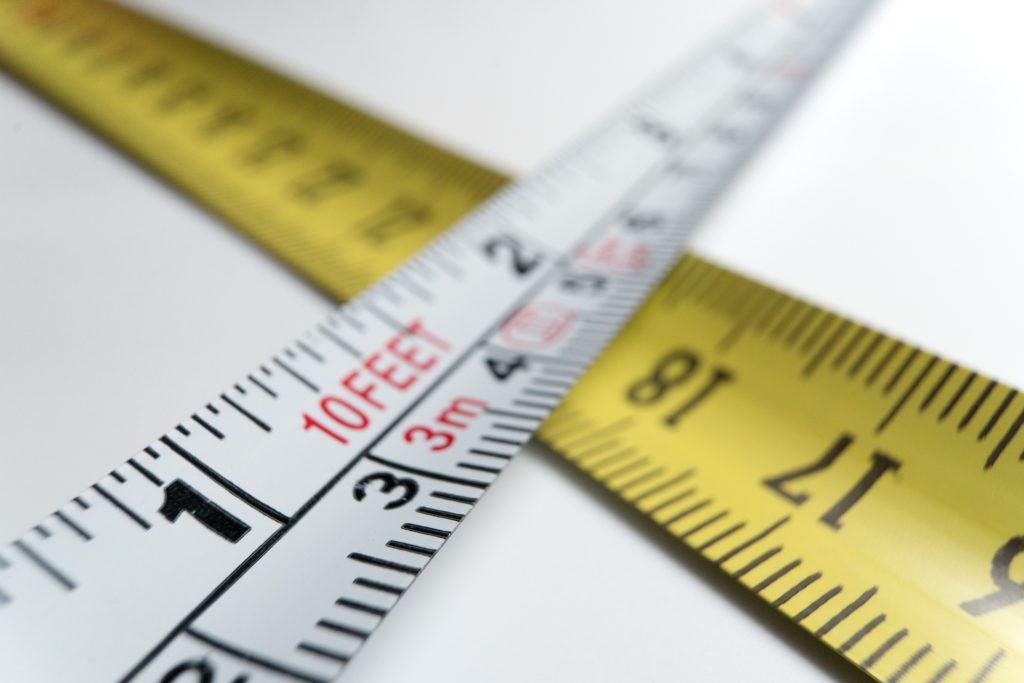ME226 - Mechanical Measurements

Instructor
Dipanshu Bansal
Section
S1
Semester
Spring’20
Course Difficulty
The course content is fairly straightforward and easy to understand. It deals with the numerical aspect of measurements and modelling systems and also gives an introduction to various practical measurement systems.
Time Commitment Required
Revising the course content once a week would be sufficient to do good in the assignments and quizzes. Sir allowed the use of lecture notes in exams, so there was no need to maintain a formula sheet.
Grading Policy and Statistics
Relative grading was followed and single/double grade penalties were imposed when academic malpractice was found.
Attendance Policy
There was no attendance policy maintained by sir in the online semester.
Pre-requisites
An understanding of first and second order differential equations would help in this course.
Evaluation Scheme
Best 2 out of 3 HWs - 5% each
Best 2 out of 3 Quizzes - 5% each
Midsem - 25%
Endsem - 40%
Course Project - 15%
Topics Covered in the Course
The first half deals with mathematical tools which can be used to analyze measurement systems. In the second half, various measurement devices were studied in detail.
Measurement of motion: piezoelectric accelerometers and vibrometers, LVDT, general theory of seismic instruments.
Force and torque measurement : Pressure measurement: Manometers, elastic transducers, static and dynamic characteristics.
Flow measurement: Obstruction meters, variable area meters, velocity measurement.
Temperature measurement: Thermocouple, other measurement technique.
Teaching Style
Sir primarily used slides for teaching and uploaded them regularly. His main focus was on understanding the concepts behind the measurement devices and developing the thought process to design different instruments.
Tutorials/Assignments/Projects
The assignments were pretty easy ; only a few questions required some deeper thinking. The project statement was open-ended and involved quiet a lot of reading up on various papers and articles. The aim was to develop a measurement system for any quantity.
Feedback on Exams
The quizzes were easy to moderate. The midsem and endsem were dependent on application on concepts learnt in class.
References Used
- Measurement Systems, E.O. Doebelin and D.N. Manik, 7th edition, 2020, Tata McGraw Hill (India)
- Measurement Systems: Application and Design, E.O. Doebelin, 4th edition
ME 226 Review By: Varun Pathak